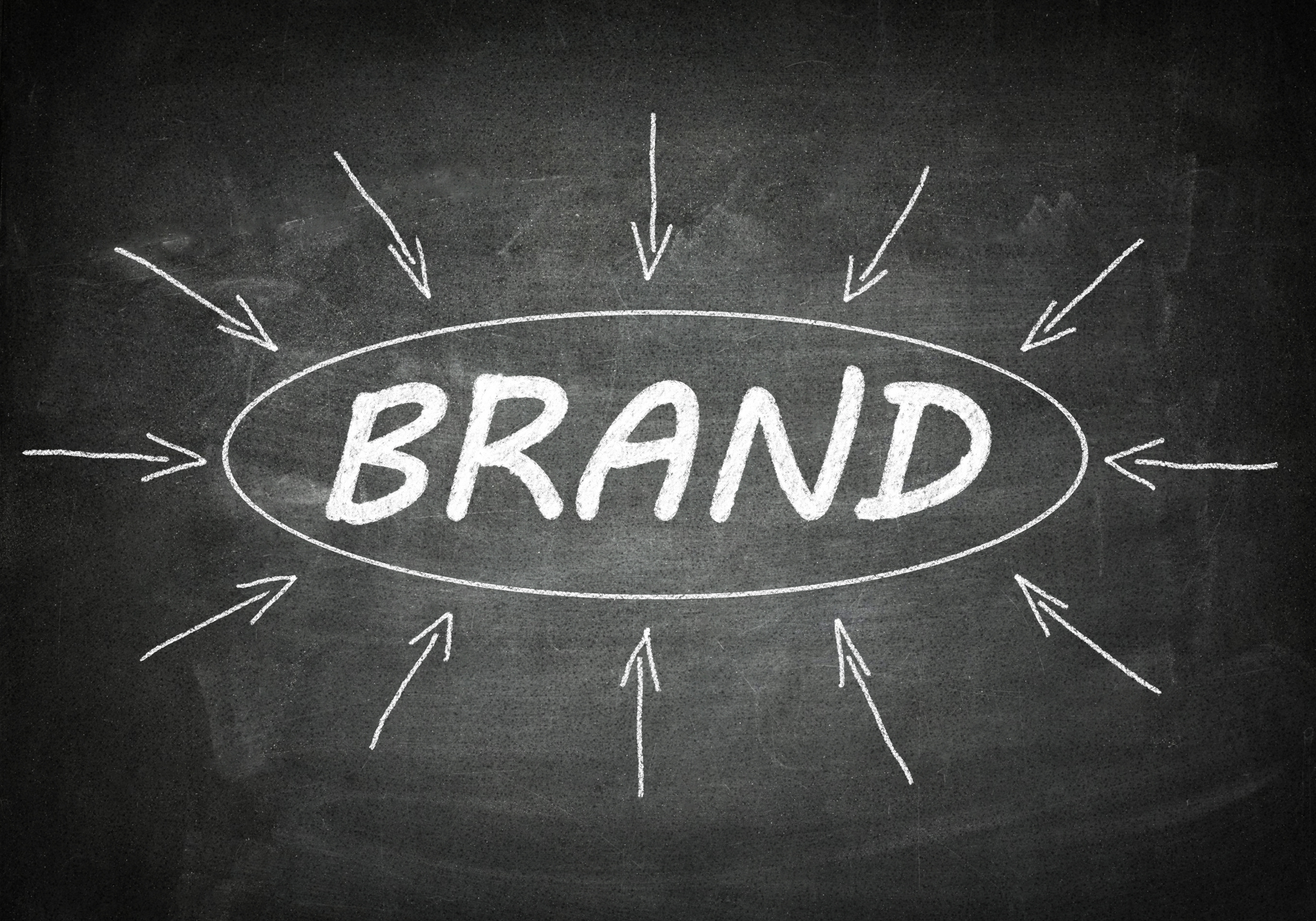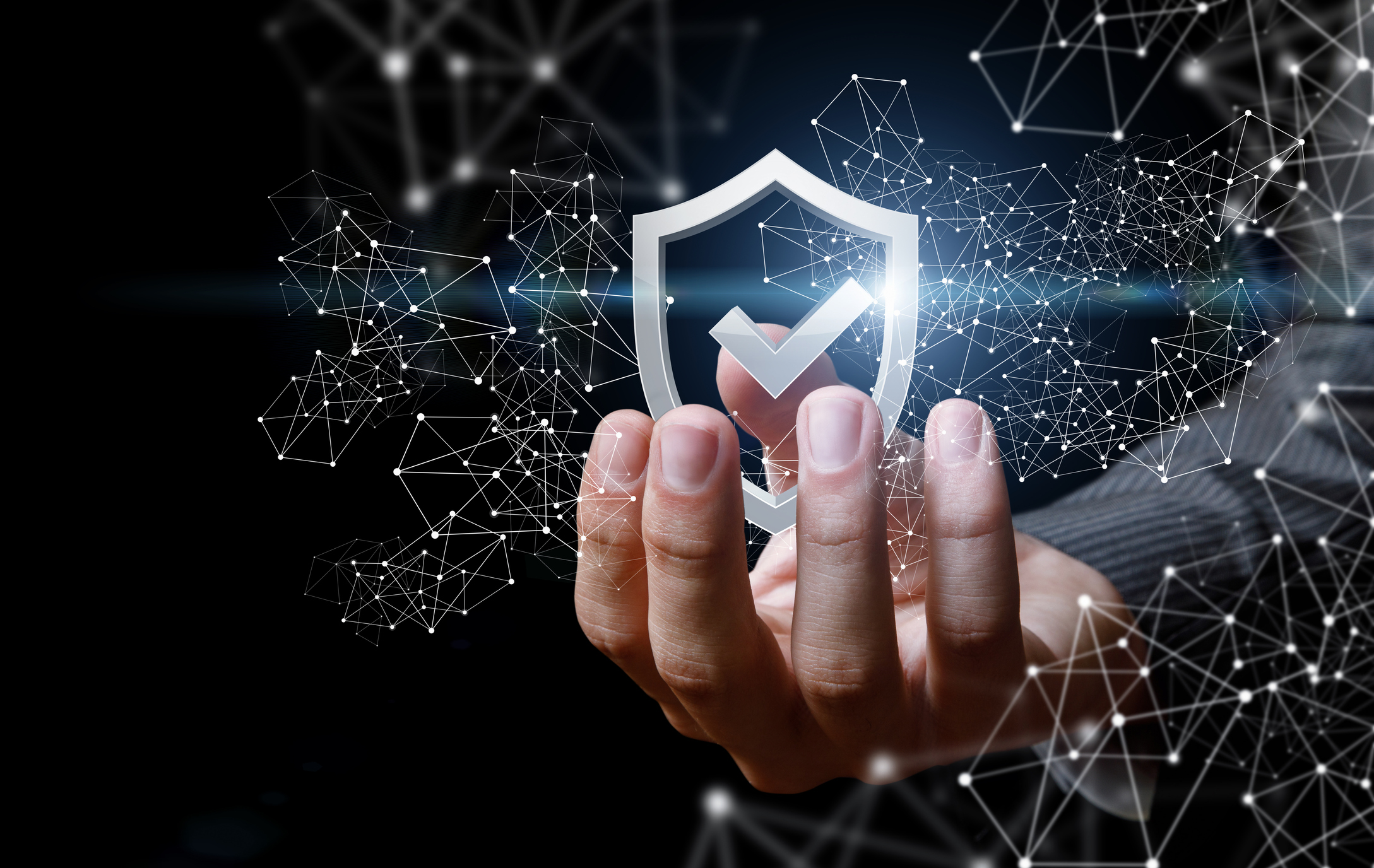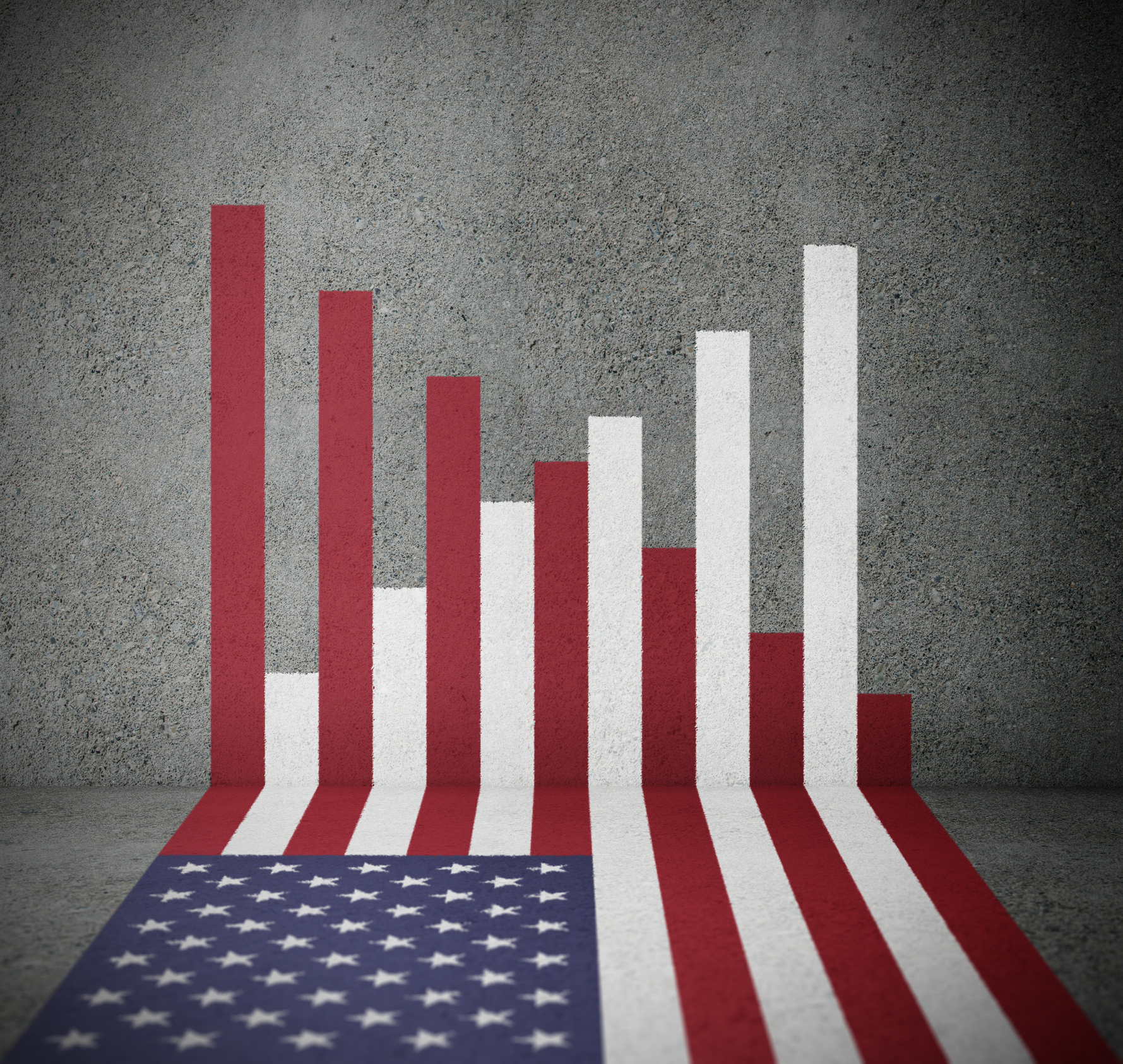How to Conduct an Online Brand Awareness Survey

Over the last decade or so, there has been a bit of a boom in the U.S beer industry. In 2010 there were about 1,800 breweries nationwide; today, there are more than 8,300. With that kind of growth comes A LOT of competition. Getting people to buy one beer over another depends not only on having a tasty product, but also on having a brand that sticks in people’s minds.
There is quite a bit to admire about the way breweries build their brands. Everything from the brewery name, to its logo, to the style and name of its beers, and even the design of its cans communicates information to consumers. To measure the efficacy of their decisions, breweries often rely on one particular metric: brand awareness.
What is Brand Awareness?
The concept of brand awareness is simple. Brand awareness is the number or percentage of people within a target group who are familiar with a brand.
Ok, but what is a target group?
Target groups are groups of people that a company views as consumers or potential consumers. For example, a target group may be the entire U.S. population, or people living in a specific area, or people with incomes above a certain threshold. Companies use target groups to organize their marketing and branding efforts.
For a large brewery like Anheuser-Busch, a target group may be beer drinkers internationally or men and women of a certain age within the United States. For small breweries, on the other hand, a target group may be people who live within a distribution radius or people who indicate they enjoy craft beer. Either way, companies measure brand awareness by defining a target group and then measuring how many people in that group are aware of their brand.
Why is Brand Awareness Important?
Brand awareness is important for one critical reason: it’s the first step in nearly every model that describes how people move from potential customers (prospects) to loyal consumers.
Think about your average beer drinker. When scanning the shelf at the grocery store, beverage center, or package store, the person may be confronted by a shelf that looks like this:
Or this:
Obviously, this is a lot to take in. In moments like these, people experience what psychologists call “choice overload.” When faced with too many options, making a decision becomes difficult. To narrow the options, people often fall back on what’s familiar, which is where brand awareness is critical.
Having your brand near the top of people’s mind—or at least accessible when they see it—may lead them to choose your product or service over a competitors’. In other words, brand awareness is important because brand awareness leads to sales.
How to Measure Brand Recall and Brand Recognition With Survey Questions
Researchers typically measure brand awareness with different types of brand awareness survey questions and research methodology.
When people are asked to name brands using unaided recall, researchers are trying to assess whether people think of a brand without assistance. Unaided recall questions are often open-ended, and participants are asked to list as many brands as they can think of.
With unaided recall you’d expect people to name big brands like Bud Light, Miller Lite, Coors, and Michelob. Fewer people would be expected to name small breweries like Thimble Island, Two Roads, Green Bench, or Crowns and Hops. Thus, if you were a small brewery conducting a brand awareness survey, and people within your target group named your brand without aid, you’d have a good clue that you’re doing something right to build your brand.
Another common type of brand awareness question takes the form of aided recall. When using these questions, researchers assess whether people can recognize a brand from a list. Often, participants are provided with several brands and asked to select the ones they are familiar with.
Although someone who recalls a brand without assistance may have greater awareness than someone who only recognizes the brand once prompted, both types of awareness are important when potential consumers move toward the point of purchase.
Constructing a Brand Awareness Survey
If we put together the concepts from above, running a brand awareness survey is pretty easy. First, you decide who your target group is. Next, you decide which kinds of brand awareness questions you will ask. Often, a mix of unaided and aided recall provides the best information.
In addition, you may ask some probing questions that require people to explain how they feel about your brand or the brands you view as your primary competitors. Follow up questions may ask people to describe what they know or how they feel about a brand after they’ve indicated they are aware of it.
Often brand awareness surveys are most impactful when companies have a goal. That goal may be to find out what consumers think of a brand, how loyal they feel, of whether they trust a brand. Sometimes the goal is to evaluate whether brand awareness increases after a marketing campaign. For example, a small brewery may conduct a brand awareness survey at the start of the summer and then in the fall to assess whether a summer of events and marketing at their tap room increased their brand awareness in a target market.
Tailoring Your Brand Awareness Survey to the Online Environment
Running brand awareness surveys online provides the flexibility to do several things that are much harder and more expensive with traditional research methods. The online environment is exactly where the experts at CloudResearch can help. The issues listed below are some of the most important things to know about conducting a brand awareness study online.
- Building your study with a survey development platform
Several survey development platforms exist that are both powerful and easy to use. Platforms like Qualtrics, QuestionPro, SurveyMonkey, and Alchemer are often used by research teams in both academia and industry.
With these platforms, you can develop surveys that are easy for participants to navigate and that accomplish flexible tasks like randomly assign people to different conditions, use skip-logic to route participants to different parts of a survey, or terminate people who do not meet your eligibility requirements.
If your team doesn’t conduct research often and you find the cost of a survey development platform too much, CloudResearch offers survey programming and hosting services.
- Reaching people in your target group
With online participant platforms, it’s easy to target people by hundreds of criteria including age, ethnicity, income, geographic region, designated market area, or even zip code. This level of targeting makes it easy to ensure you’re sampling people from your target group, regardless of who they are.
With tens of millions of online participants and expertise in online sampling, CloudResearch can help you sample people in your target group.
- Protecting your data quality
Online research carries at least one major challenge: ensuring data quality. Sometimes, participants fail to pay attention and others attempt to cheat. Guarding against threats to data quality is important for making valid conclusions.
CloudResearch is an industry leader in data quality. Our SENTRY validation system evaluates participants before they enter your survey, preventing inattentive, unengaged, and fraudulent respondents from taking your study.
Measuring brand awareness and what consumers think about your brand is vital. If you want to track your brand awareness over time, adjust your target group, or apply market segmentation to your branding efforts, CloudResearch’s team of behavioral scientists can provide the tools and the advice to help you get there. Reach out and we can get started today.

